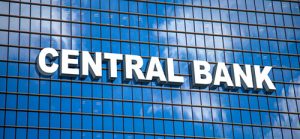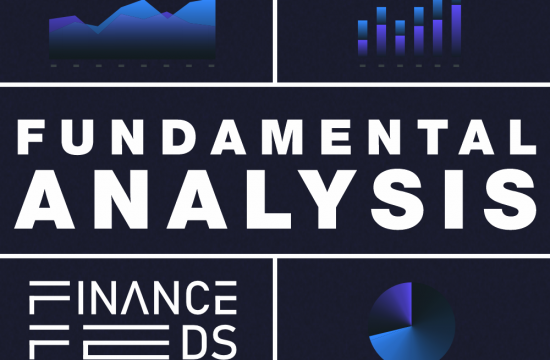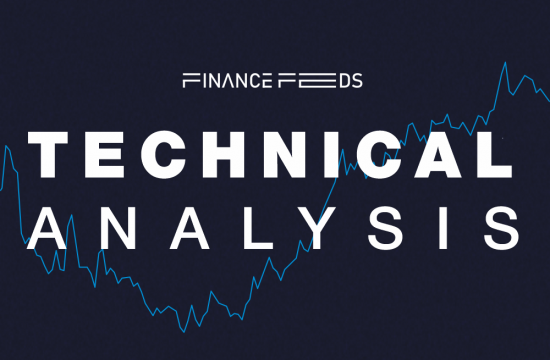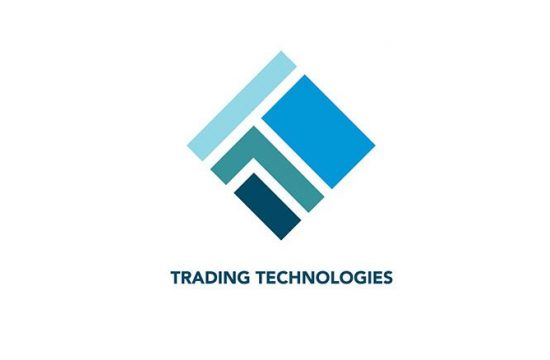Global Central Banks seek to restrict inflation with further Hikes. The Bank of England, Federal Reserve and European Central Bank have all hiked by a further 0.75%, but what guidance is there for the coming months? Continue reading to find out.

The global economy has now officially witnessed the largest set of interest rate hikes seen in this century. Central Banks all seem to be part of the same club – the 75-basis-point club. The Eurozone and Bank of England have officially moved their monetary policy into the neutral zone. Whereas the Federal Reserve has gone a step further and entered restrictive policy territory.
So what do hikes mean for the trading markets? In simple terms, most economists are following the lines of “cash is king”. Of course, this is the idea of restrictive monetary policy, to prompt investors and consumers to spend less, invest less and save more. Overall, we can see that price movements have followed this well known theory.
The DowJones has declined by 3% after the Fed’s announcement and momentum increased again after the BoE followed. The NASDAQ declined by almost 6%, DAX by 2.5% and the FTSE100 by 1.10%. While the US Dollar, the world’s safe haven reserve currency, increased by 1.60%. So, the reaction is clear.
What’s the difference between the Fed, ECB and BoE? Even though the rate increase was the same across all 3 banks, the banks gave very different guidance. The Fed left some room for considering a lower rate hike but did hint that it was too early to consider. On the other hand, the BoE Governor advised the markets that there are higher unnecessary hikes priced into the market. In other words, moving forward they do not plan to increase interest rates as much as expected.
The positive side of this is that the market has formed a clear trend and direction. Therefore, most “trend traders” are most likely jumping up and down in celebration. Nevertheless, we all know that trends do not last forever and there is plenty of market volatility. So what should we be looking out for?
Central Banks and Forward Guidance
The Central Bank that gave the clearest form of forward guidance was the Federal Reserve. The Chairman, Jerome Powells, stated very clearly that at some point they will need to lower the size of the hike, but it all depends on 2 factors.
The first factor is the employment sector, which he advised was extremely tight with shortage of labor, and the second one is inflation, which is predicted to rise again in October. Most analysts expect inflation to remain at 8.2%, which would end the 3 months of consecutive declines. Increased cost of fuel and food are the main cause for higher inflation.
In other words, if inflation shows no sign of declining further and the employment market remains at record highs, the Fed may indeed stick to another 0.75% hike. A 75 basis point hike is currently not priced into the market according to analysts. However, the US will have released another two sets of NFP and inflation figures by the time the next Federal Fund Rate decision comes around.












